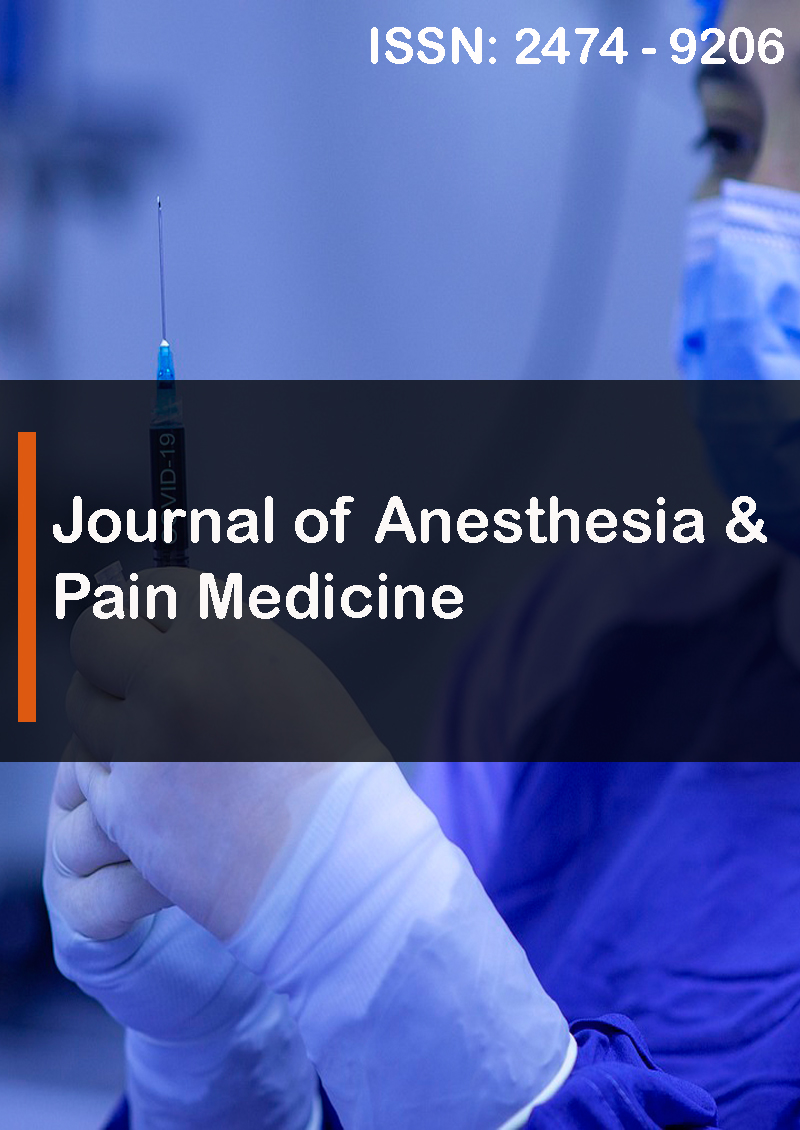Anti-VEGF Injection Therapeutic Methods for Treatment of Age-Related Macular Degeneration (AMD): A Comparison
Abstract
Seyedeh Maryam Mousavi, Hassan Jalilvand and Hadi Tabesh
Anti-VEGF injections are one of the therapeutic methods used to treat various eye conditions, including wet age- related macular degeneration (AMD), proliferative diabetic retinopathy (PDR), retinal vein occlusion (RVO) and diabetic macular oedema (DMO). These injections contain medications that target vascular endothelial growth factor (VEGF), a protein that promotes the growth of abnormal blood vessels in the eye. During the procedure, an ophthalmologist administers the anti-VEGF medication directly into the vitreous cavity at the back of the eye. The injection is performed using a small needle, and the eye is typically numbed with local anesthesia to minimize discomfort.
The anti-VEGF medication works by blocking the action of VEGF, which helps to reduce the leakage and growth of abnormal blood vessels in the retina. By doing so, it can help preserve central vision and improve visual outcomes for patients with these conditions.
The frequency and duration of anti-VEGF injections may vary depending on the specific eye condition and the individual patient's response to treatment. In some cases, a series of initial loading doses may be followed by maintenance injections at regular intervals. The treatment plan is typically determined by the ophthalmologist based on the patient's needs and the specific characteristics of their eye condition. Here, in this review, we are providing a comparison among different usual treatment methods and Anti-VEGF drugs and by a look for the future possible methods, the prospective methods could be predicted.



